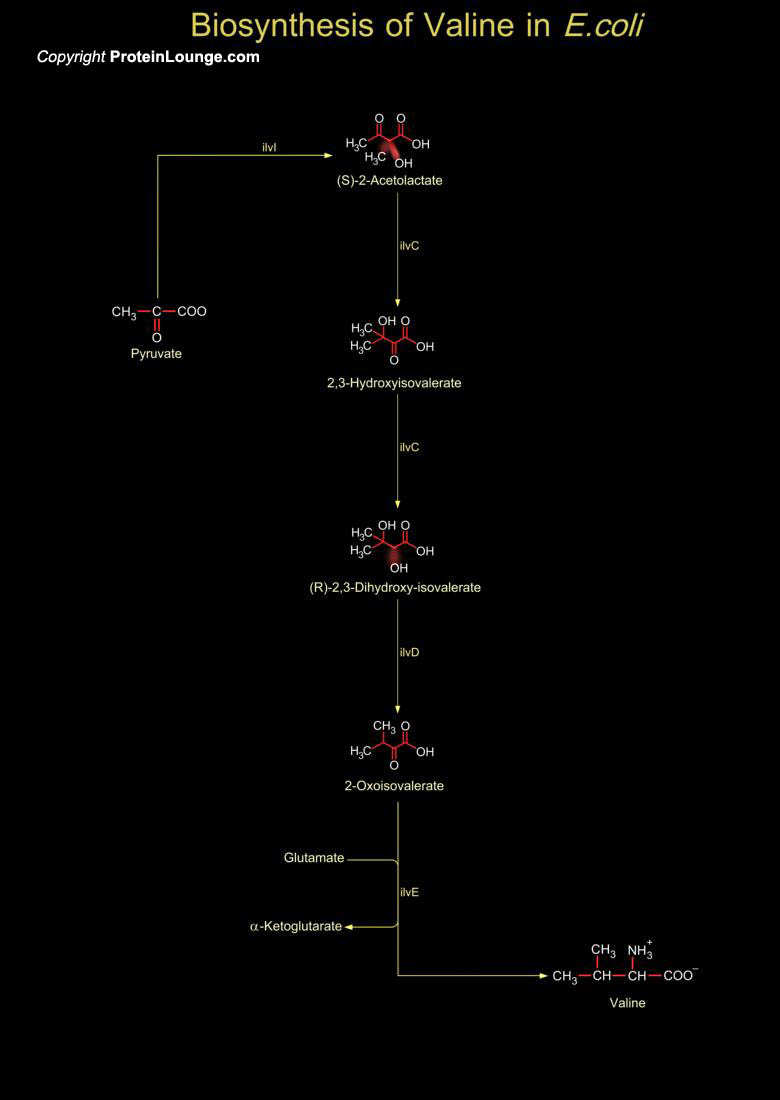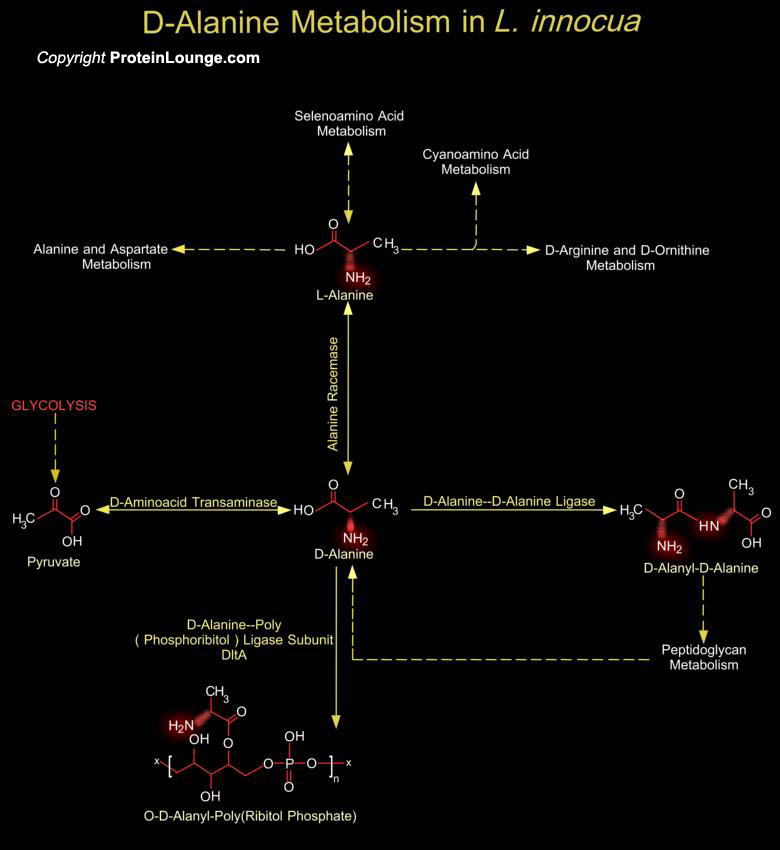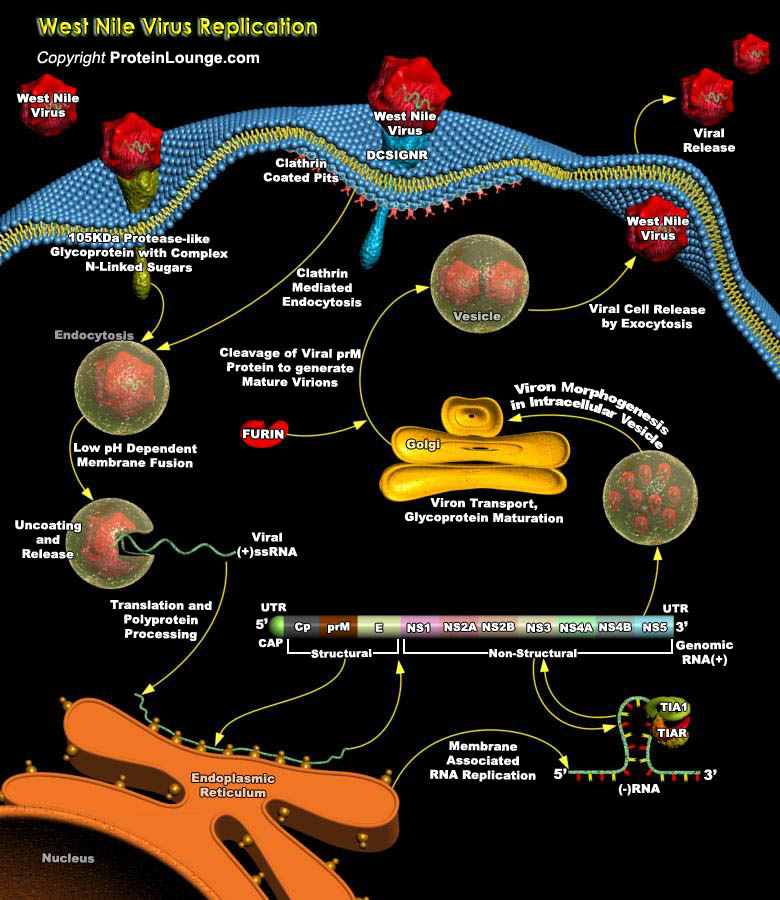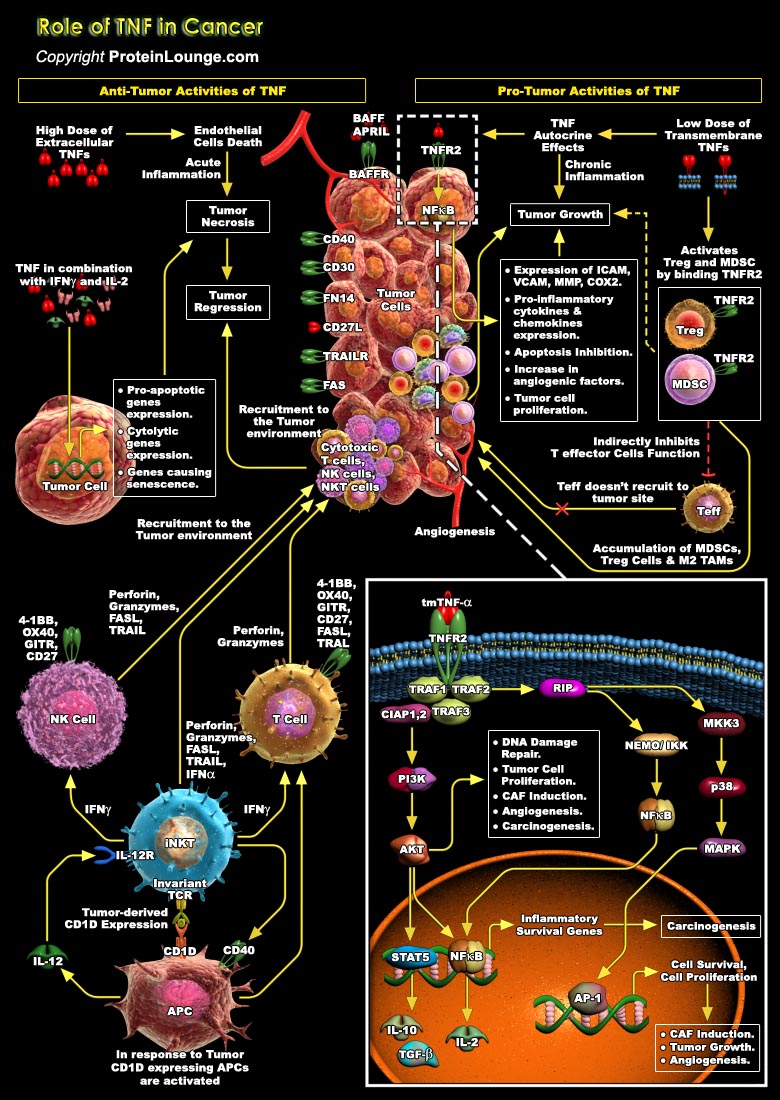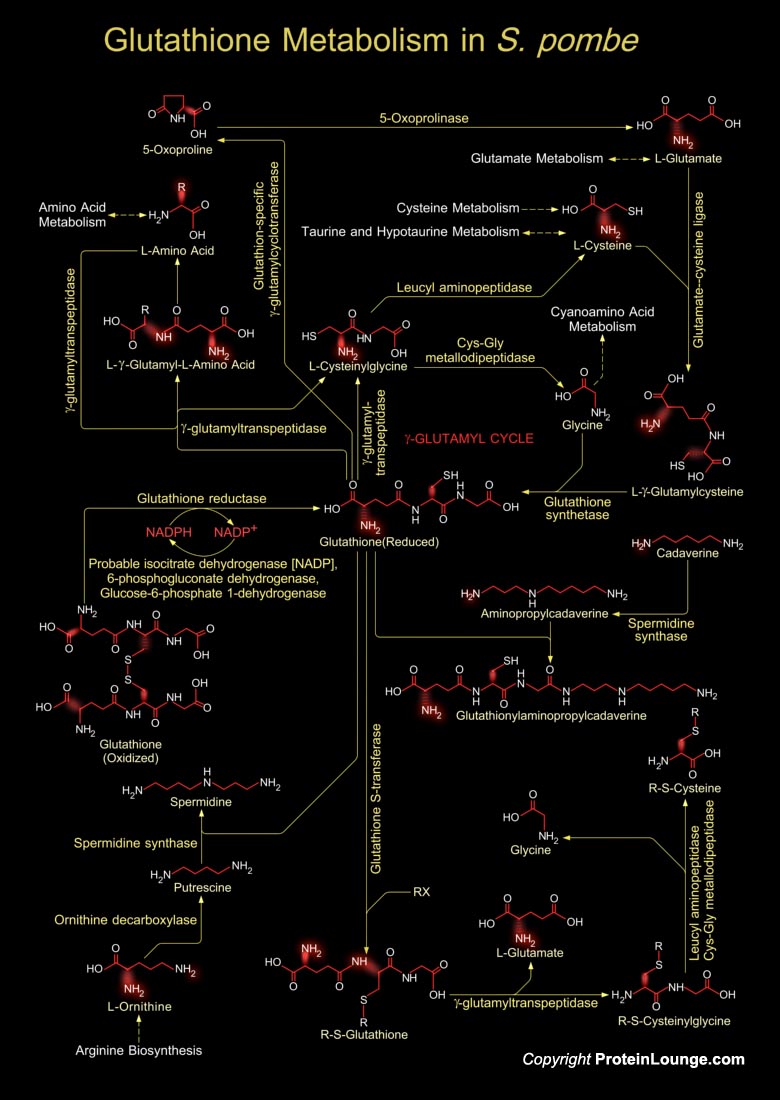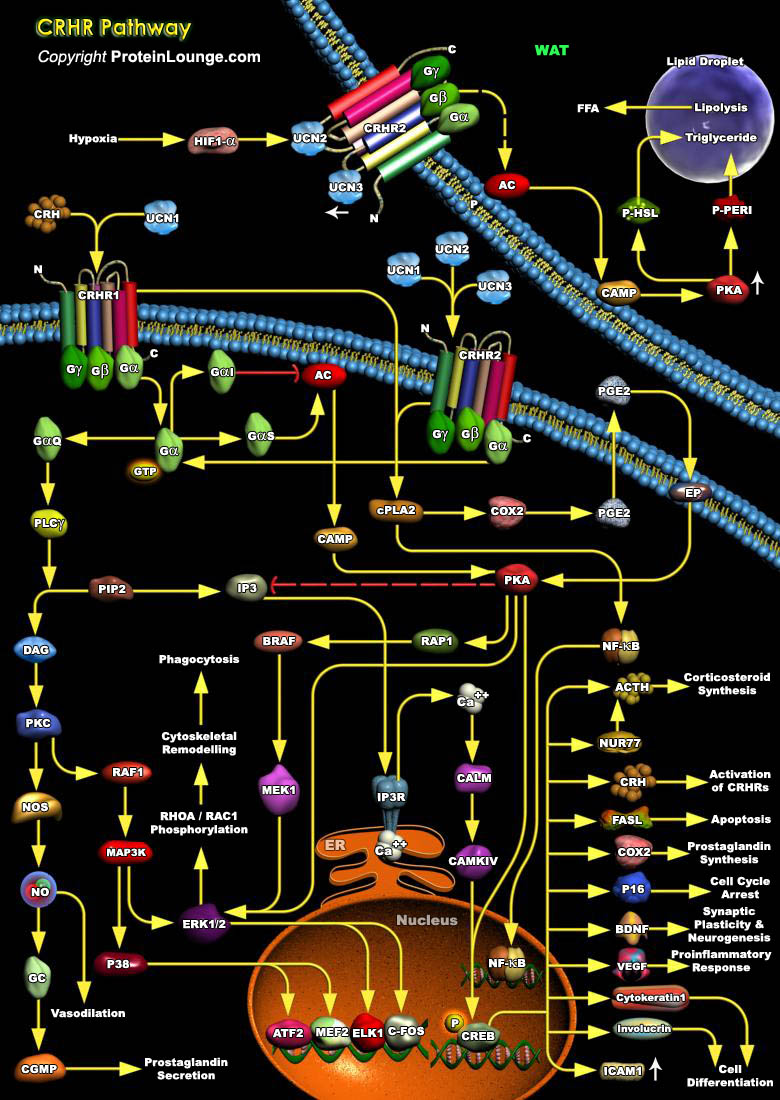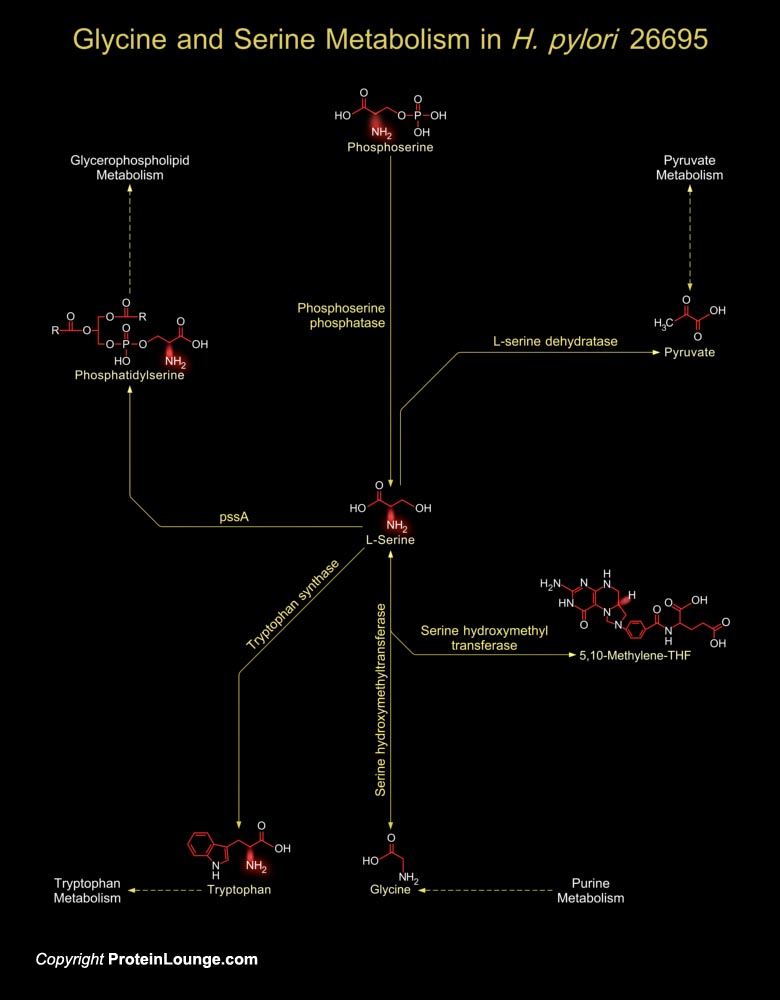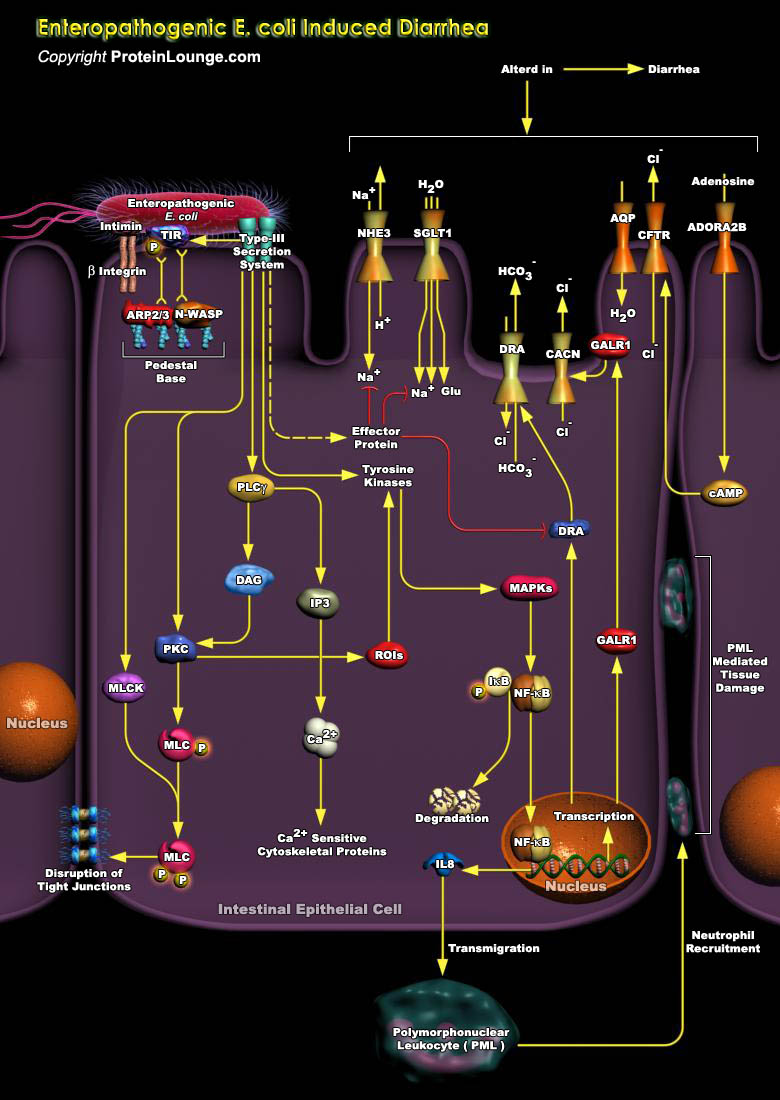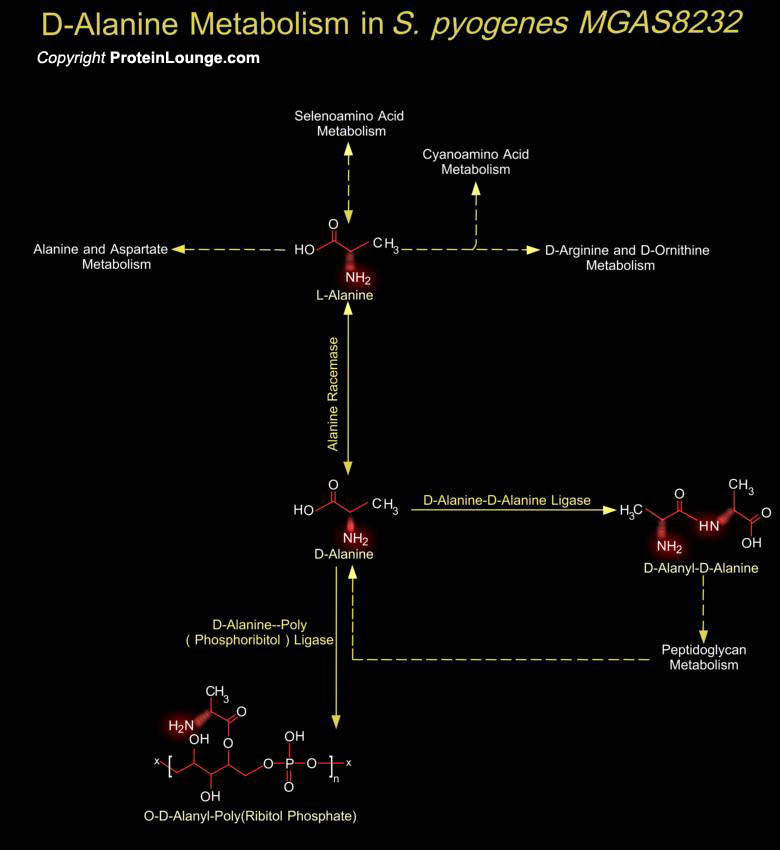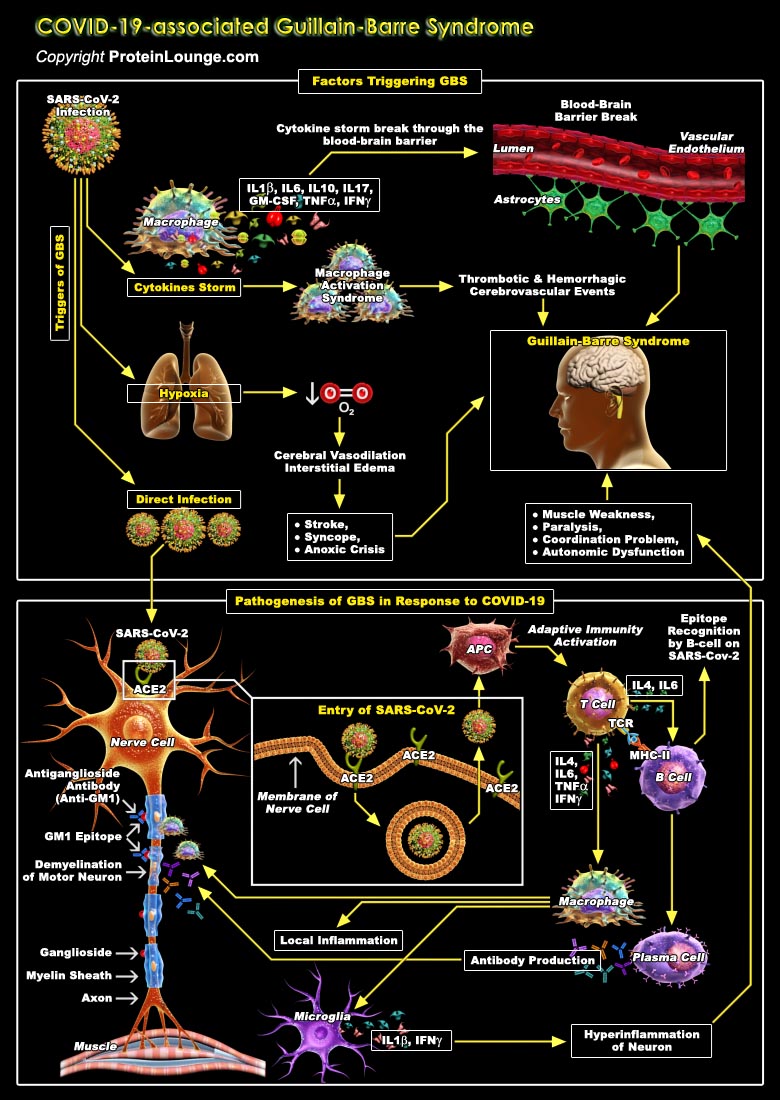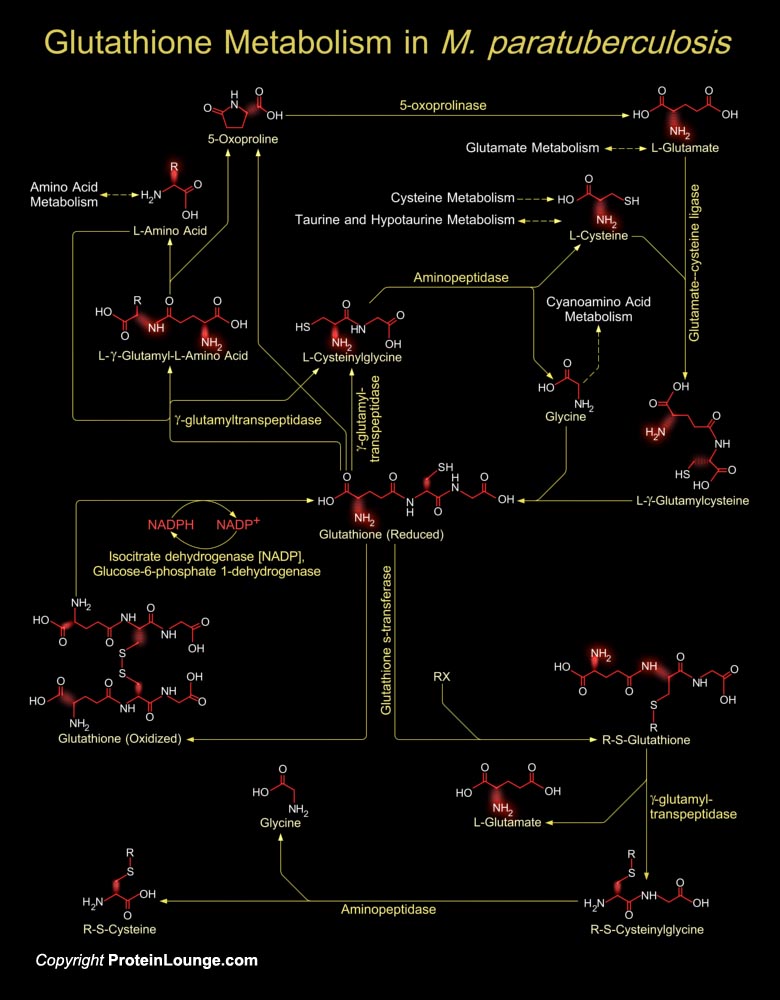Featured Pathways
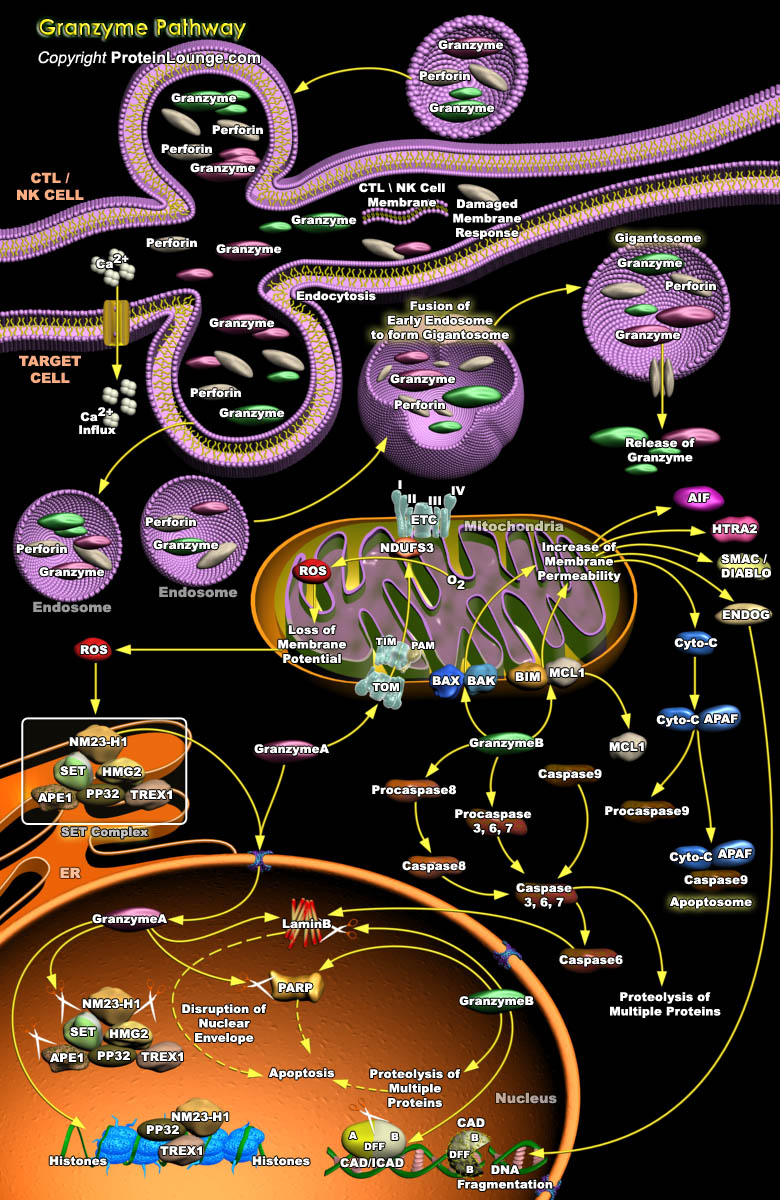
Killer lymphocytes are key players in the effector arm of the immune response that eliminate cells infected with intracellular pathogens and transformed tumor cells. Killer cells in both adaptive and innate immunity-T cells (CTLS) and natural killer (NK) cells, respectively, use the same basic mechanisms for destroying their targets, although they are triggered by distinct receptors and the[..]
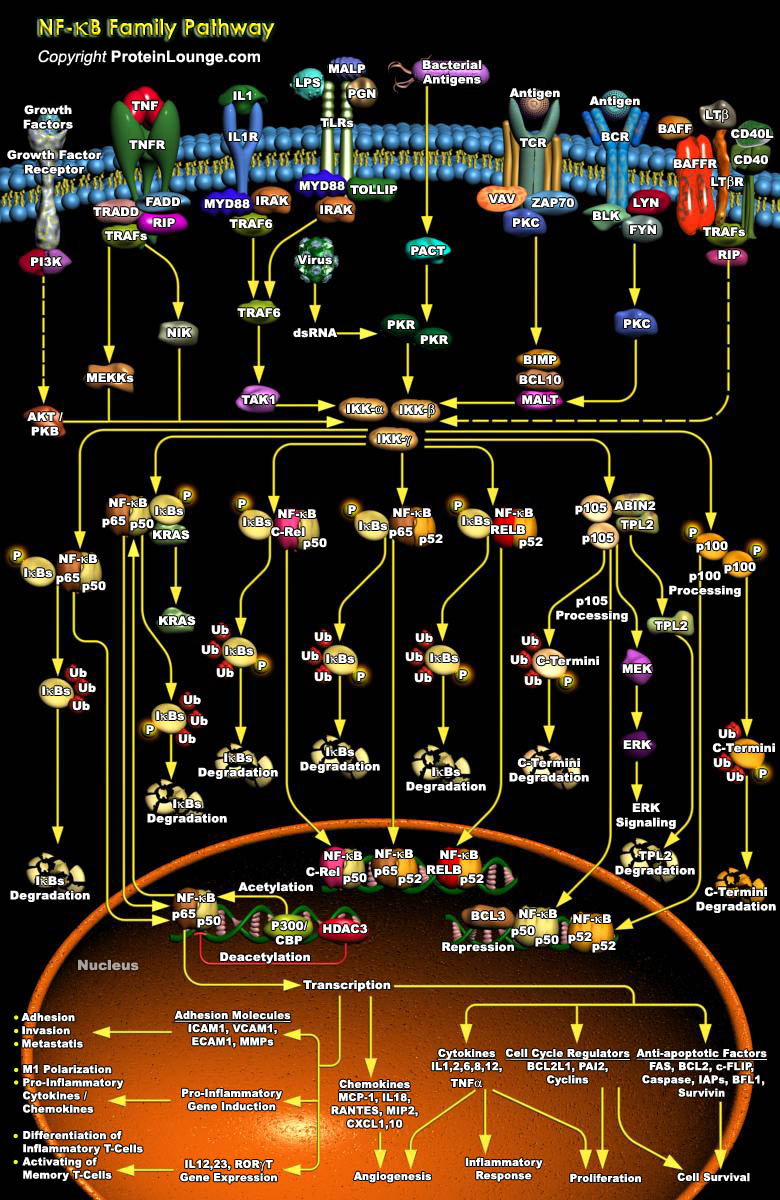
NF-KappaB (Nuclear Factor-KappaB) is a heterodimeric protein composed of different combinations of members of the Rel family of transcription factors. The Rel/ NF-KappaB family of transcription factors are involved mainly in stress-induced, immune, and inflammatory responses. In addition, these molecules play important roles during the development of certain hemopoietic cells, keratinocytes,[..]
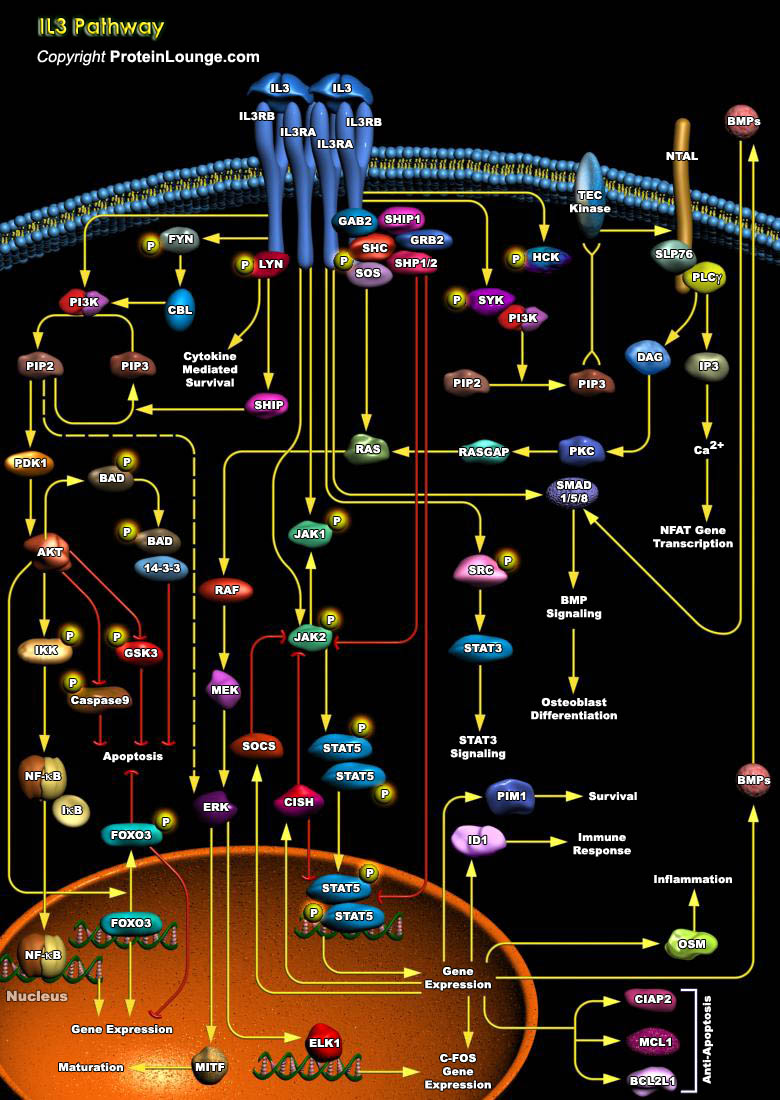
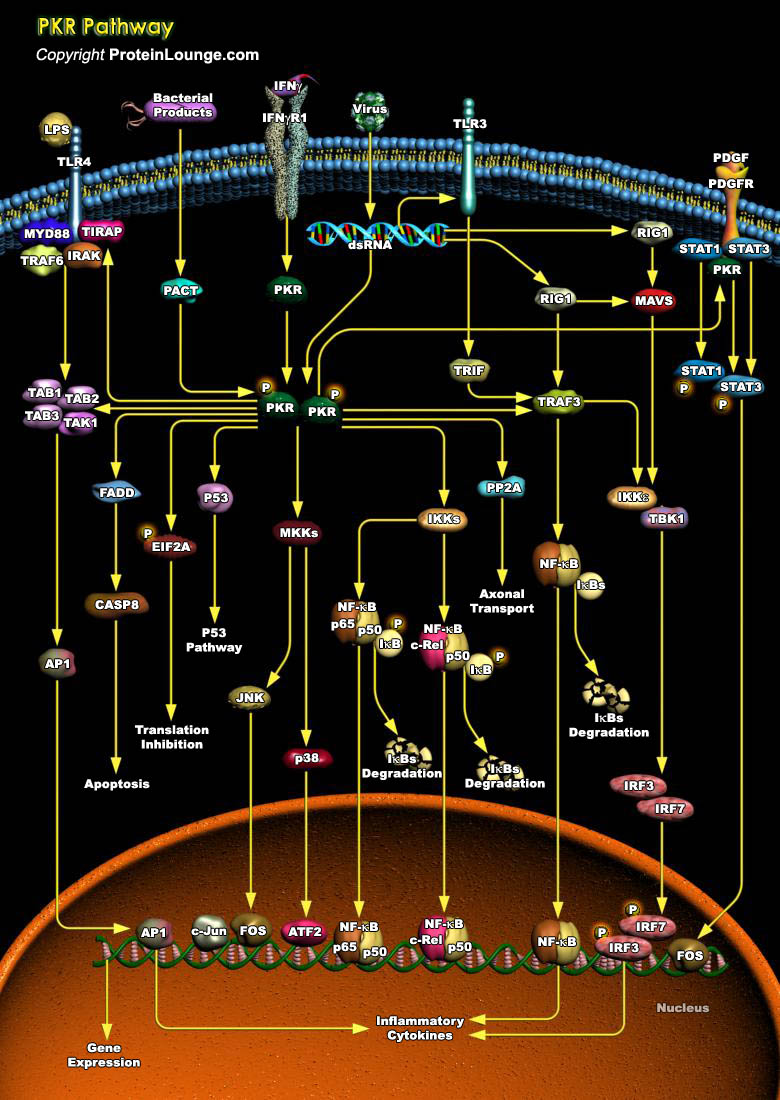
PKR (Protein kinase-R) is a ubiquitously expressed serine-threonine kinase that has been implicated as a signal integrator in translational and transcriptional control pathways. PKR mediate apoptosis induced by many different stimuli, such as LPS (Lipopolysaccharides), IFN-Gamma (Interferon-Gamma), cytokines, growth factor, viral infection, or serum starvation. PKR activity is[..]
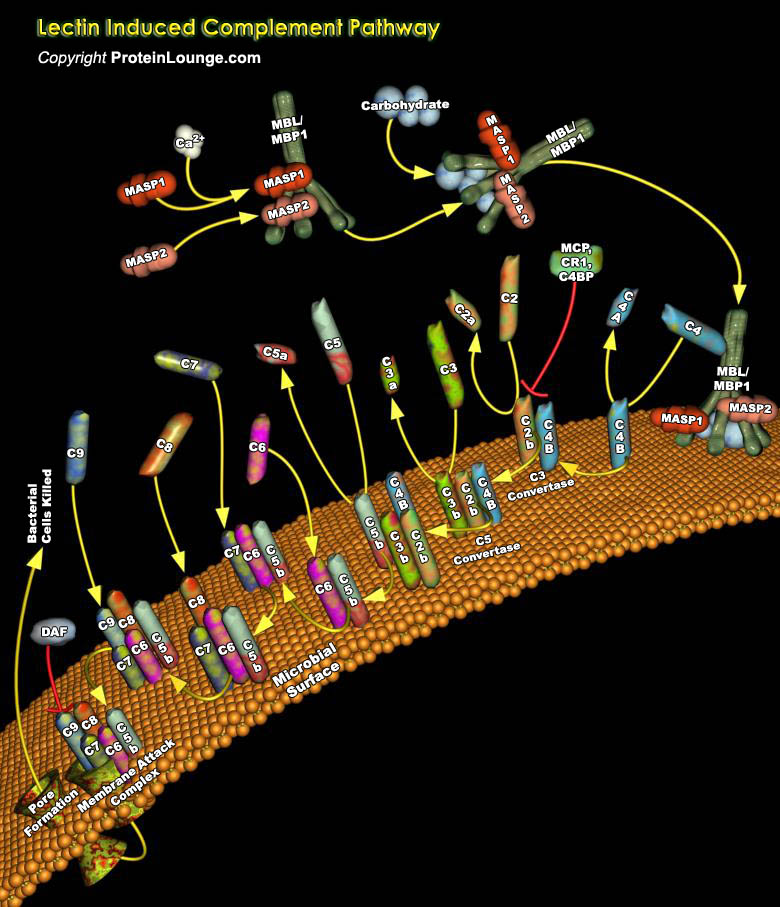
Complement is a complex system containing more than 30 various glycoproteins present in serum in the form of components, factors, or other regulators and/or on the surface of different cells in the form of receptors. It is a highly sophisticated host defence system designed to destroy pathogens. Once the complement system is activated, a chain of reactions involving proteolysis and assembly[..]
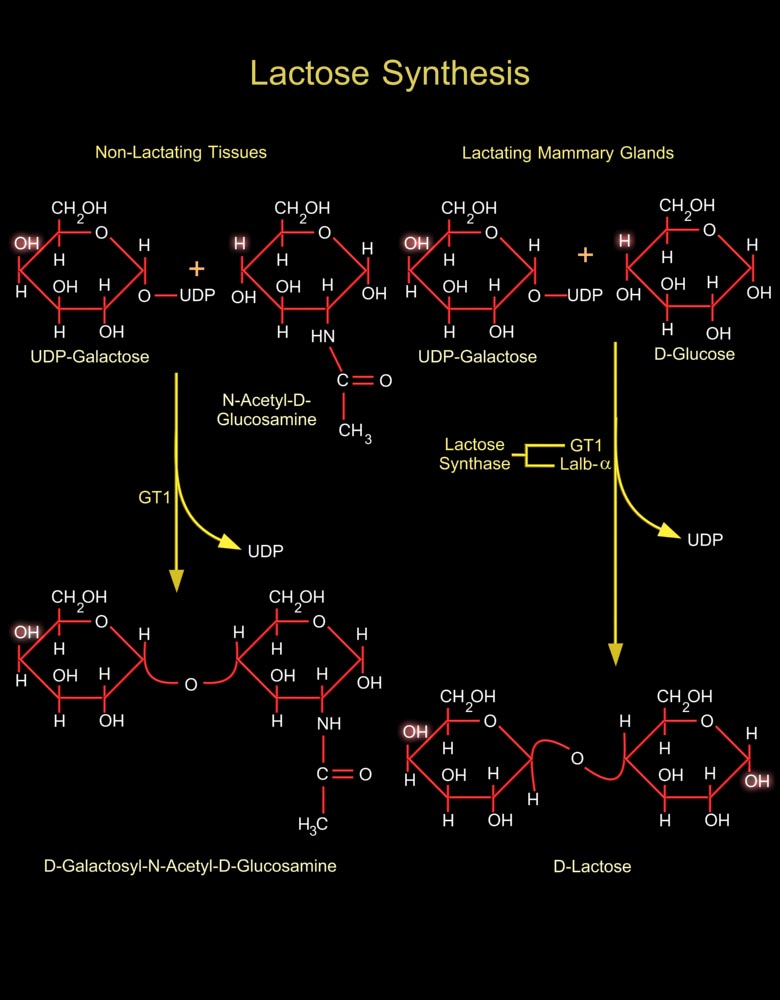
Lactose (or D-Lactose) is a disaccharide composed of Galactose (or Galactose) and Glucose (or D-Glucose). It occurs only in milk. It is the primary carbohydrate in milk of most species. Lactose is synthesized in mammary glands. Two Glucose molecules are required for each Lactose molecule synthesized. One Glucose is converted to UDP-Glucose (Uridine Diphosphate-Glucose), which in turn is[..]
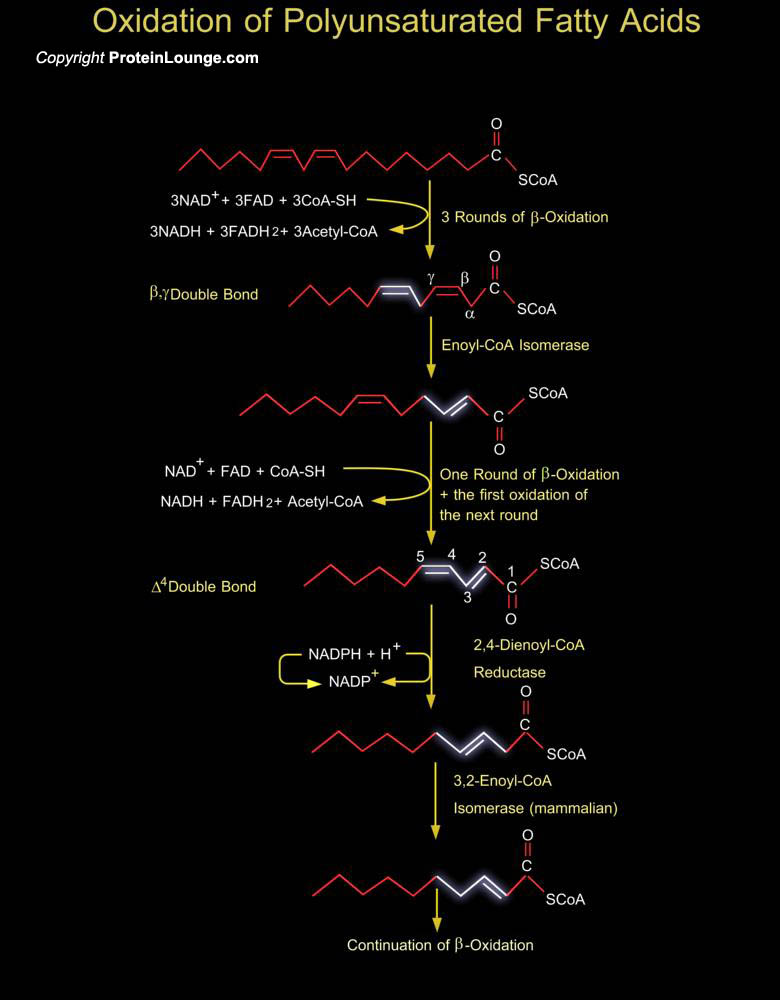
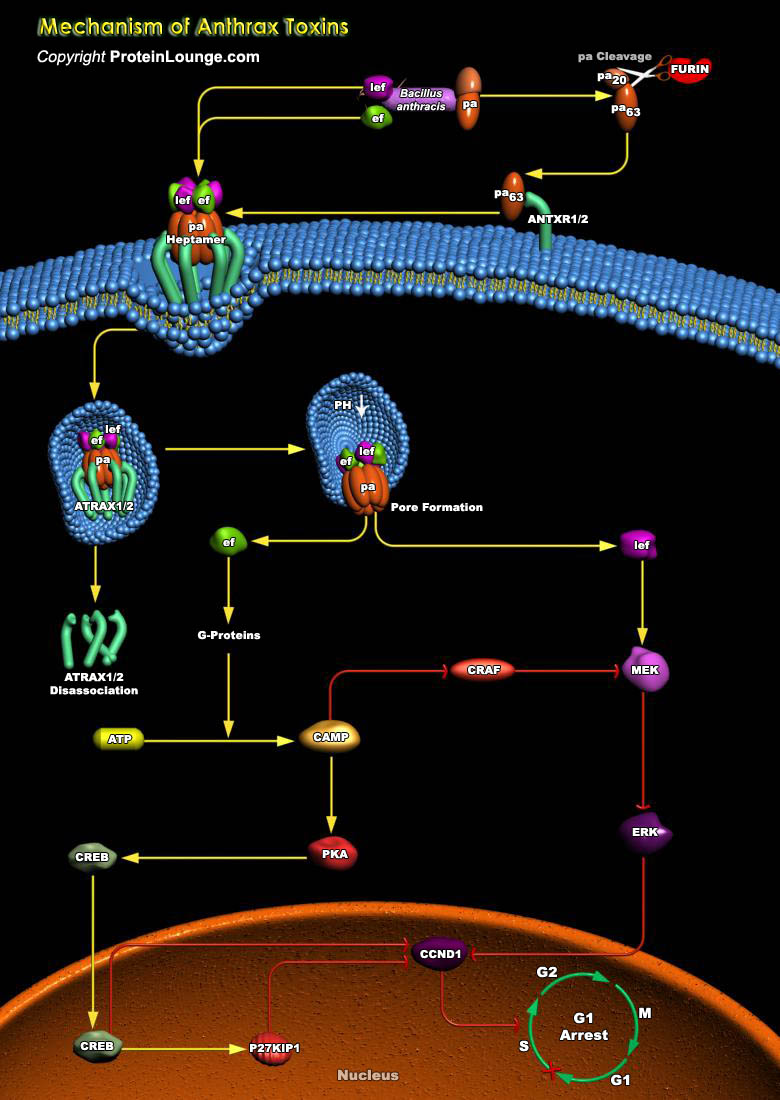
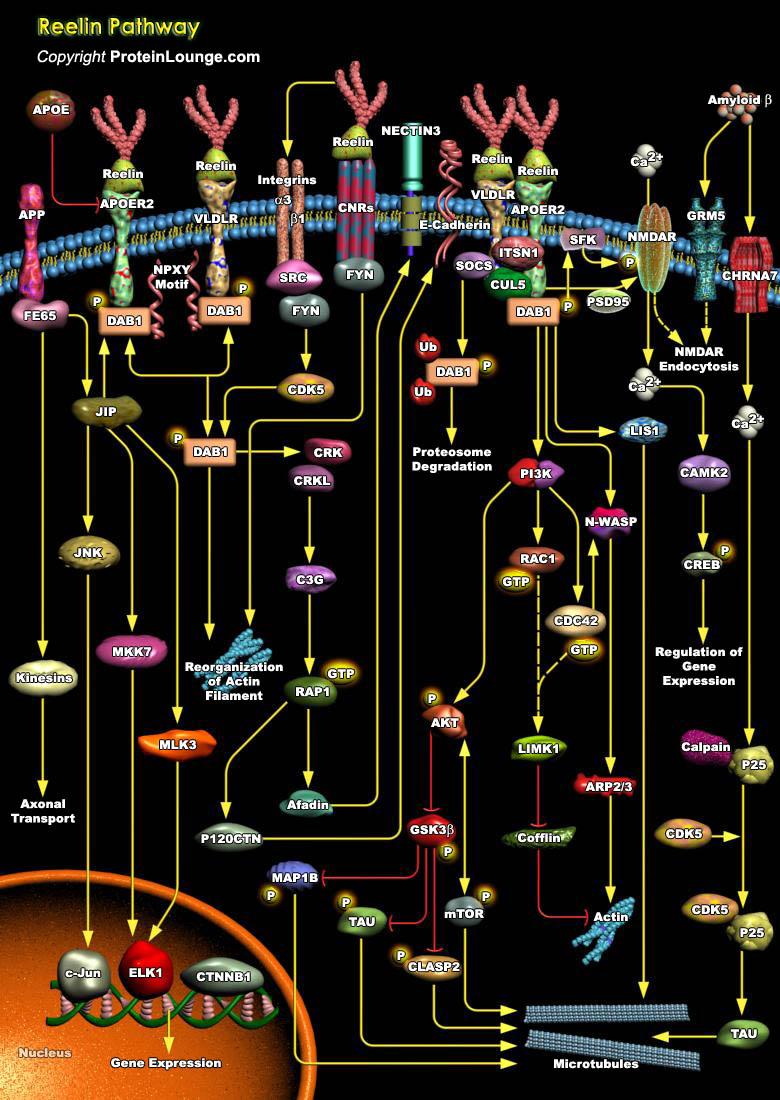
Reelin is a large extracellular glycoprotein involved in the development of architectonic patterns, particularly in the cerebral cortex and hippocampus, where primarily Cajal-Retzius cells synthesize it The Reelin signaling pathway controls neuronal migration and positioning in central nervous system (CNS) development, as well as synaptic plasticity and memory[..]
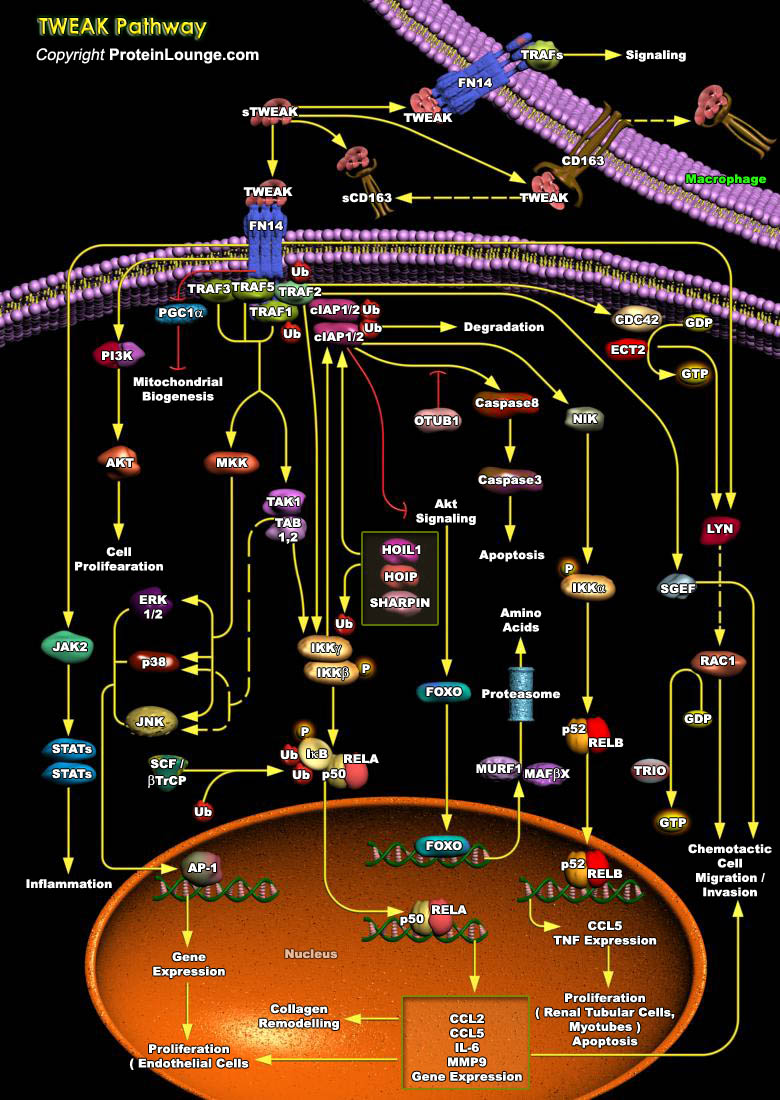
Tumor necrosis factor (TNF)-like weak inducer of apoptosis (TWEAK) is a member of the tumor necrosis factor (TNF) superfamily (TNFSF) that is induced in a variety of cell types in situations of tissue injury. It is expressed in various tissues including the intestine, pancreas, lung, brain, skeletal muscle, heart and vasculature. The 249 amino acid-comprising membrane-bound form of TWEAK[..]
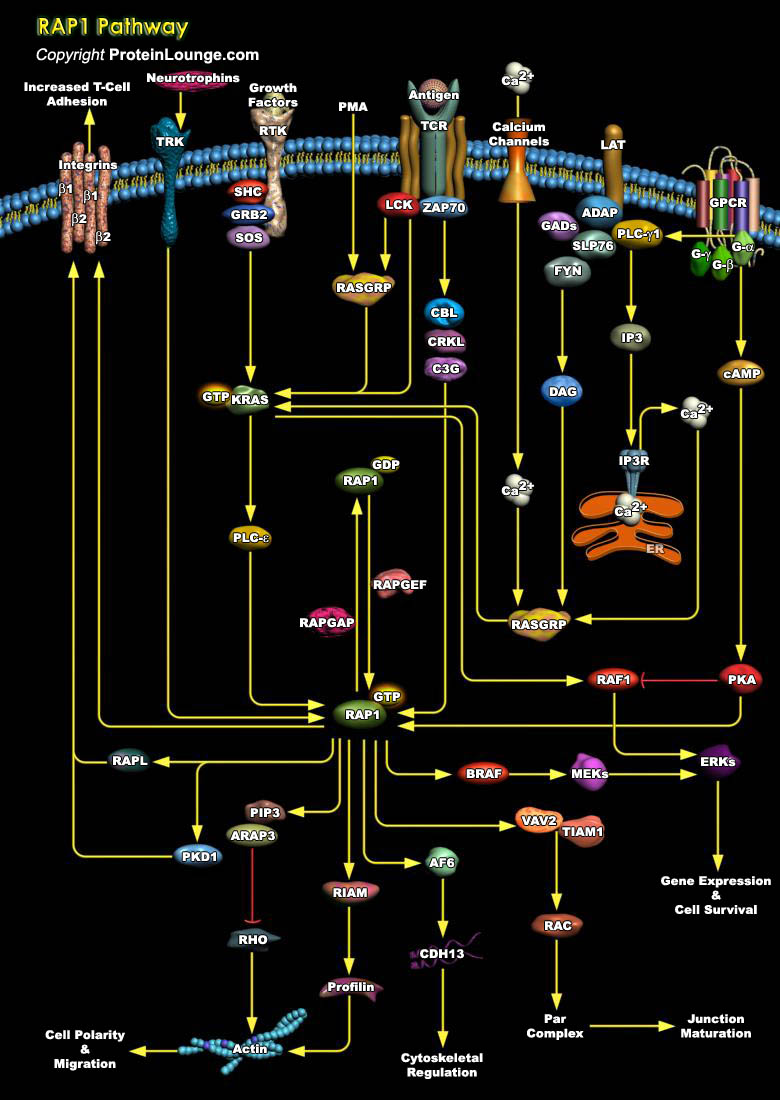
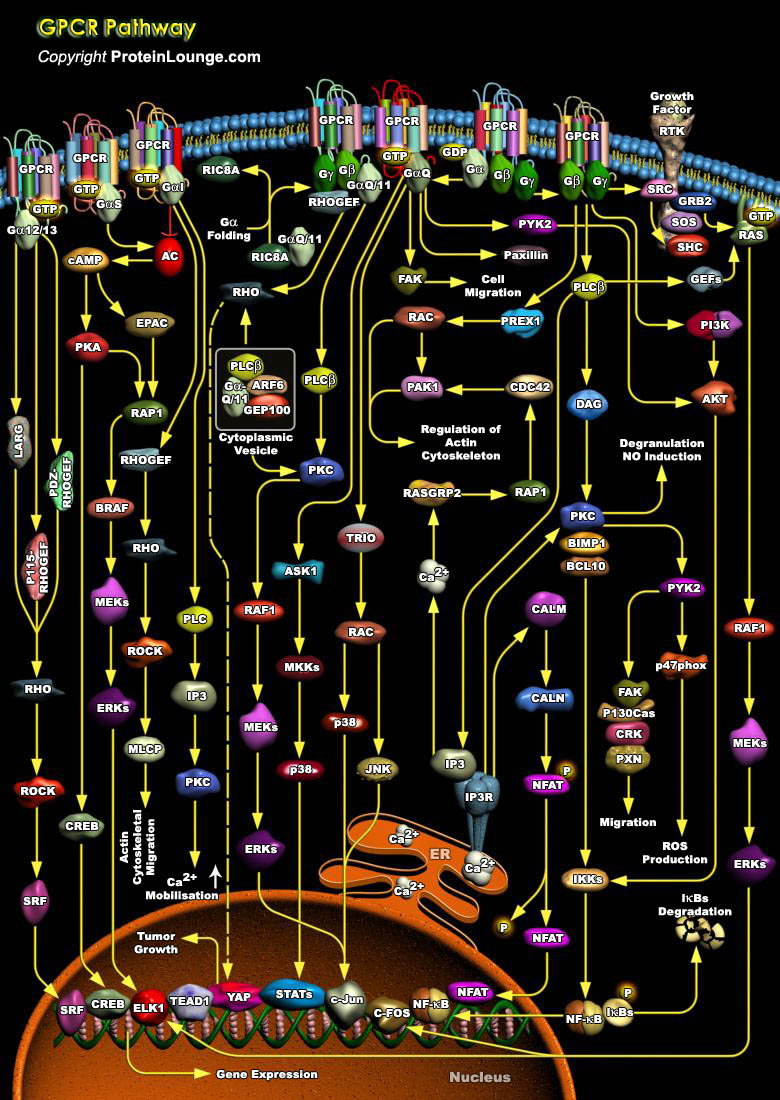
GPCRs (Guanine Nucleotide Binding–Protein Coupled Receptors) comprise large and diverse gene families in fungi, plants, and the animal kingdom. Also termed serpentine receptors, GPCRs are polytopic membrane proteins that share a common structure with seven transmembrane segments, but sequence similarity is minimal among the most distant GPCRs. Their principal function is to transmit[..]









